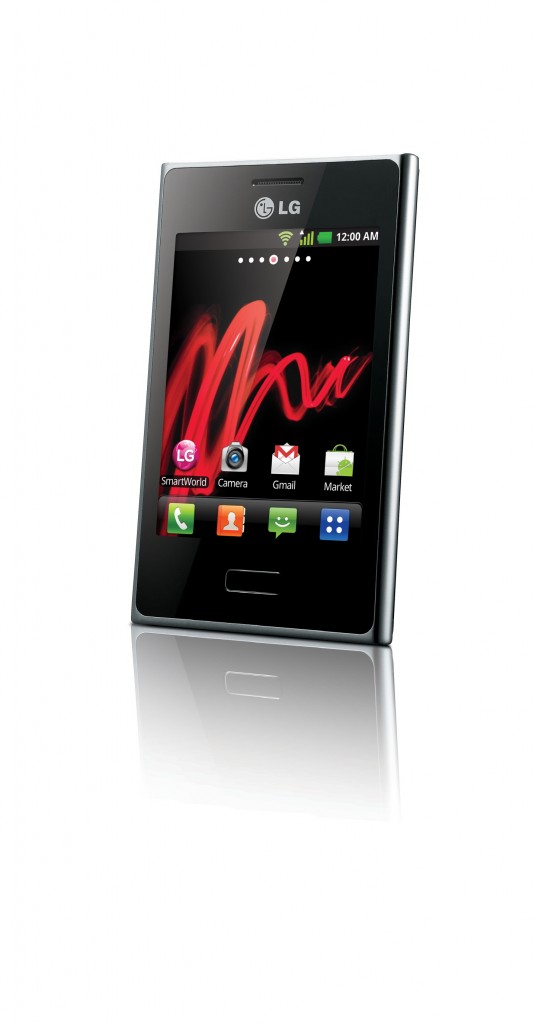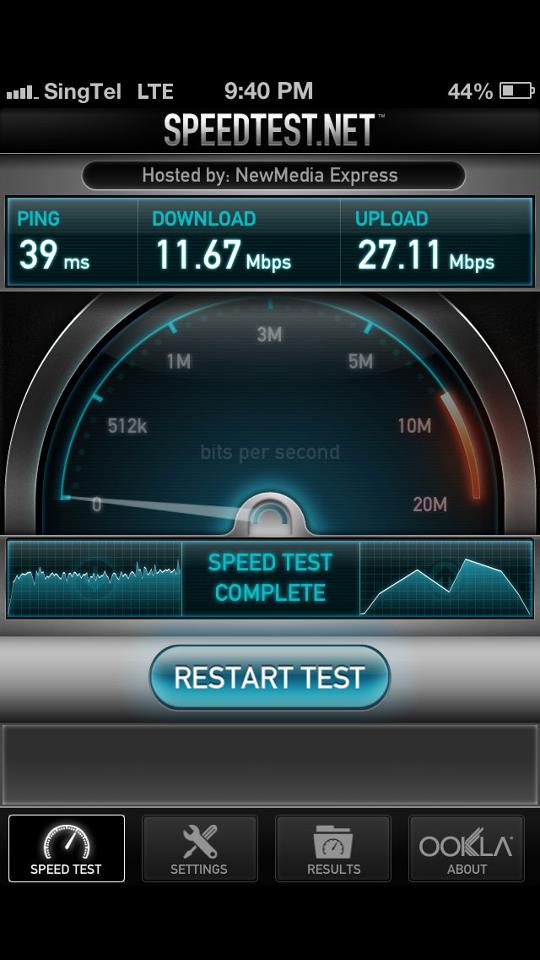 3 important considerations before buying a new smartphone
3 important considerations before buying a new smartphone
Most smartphone readers will pay for the latest gadgets. In some countries, it has become a speculative trade just like trading commodities. For most people, a smartphone is merely for making calls, surfing the net, take pictures. It is more of a jack of all trade device. Other than features, most people will look at what processor speed, how many cores and what OS does it support. Of course there is also the price and contract price etc. These are all valid considerations but sometimes consumers do overlook at some important criteria when choosing a smartphone.
1. SAR
The SAR rating. SAR in it’s long form is Specific absorption rate. SAR measures exposure to fields between 100 kHz and 10 GHz (generally known as radio waves). ]It is commonly used to measure power absorbed from mobile phones and during MRI scans. The value will depend heavily on the geometry of the part of the body that is exposed to the RF energy, and on the exact location and geometry of the RF source. Thus tests must be made with each specific source, such as a mobile phone model, and at the intended position of use. Established brands like Apple, Sony, Samsung, LG, HTC often publish this information on the specification sheet of the respective products on their website. According to Wikipedia : When measuring the SAR due to a mobile phone the phone is placed at the head in a talk position. The SAR value is then measured at the location that has the highest absorption rate in the entire head, which in the case of a mobile phone is often as close to the phone’s antenna as possible. Various governments have defined maximum SAR levels for RF energy emitted by mobile devices: United States: the FCC requires that phones sold have a SAR level at or below 1.6 watts per kilogram (W/kg) taken over the volume containing a mass of 1 gram of tissue that is absorbing the most signal. European Union: CENELEC specify SAR limits within the EU, following IEC standards. For mobile phones, and other such hand-held devices, the SAR limit is 2 W/kg averaged over the 10 g of tissue absorbing the most signal (IEC 62209-1). For health reasons, it might be wiser to choose something that has a lower SAR rating. Lately there are many low cost smartphones in the online market. Most of them are quite reluctant to publish the SAR rating. In fact, a lot of them are not even certified for US and EU market which requires FCC and IEC standards. Older smartphones generally have higher SAR ratings. Some may experience headaches after speaking on the phone for say 30 minutes or so. It really depends on individual.
2. Support
When you purchase a smartphone, it is impotant to note that the company is able to support the phone especially for future OS upgrades. Apple is doing a good job by releasing new features. In fact, my old 3GS gets 3 major OS upgrades from 3.1.3 to 6.1.6 while my iPad started with iOS 5 and now it is running iOS 8. Android users on the other hand comes in different brands and models. Some manufacturers promises upgraded but later retract it. These are companies I might choose to avoid. Of course the sort of apps available also plays an important factor.
3. Security
When purchasing a smartphone, it is necessary to do some background homework. If privacy is a major concern, you would have to look out for phones that do not evavesdrop on your contents through backdoor software implanted. So, the next thing you buy a new smartphone, do check out the forums and find out more before committing to it. Do post us your comments on what you think are other factors that determine your buying decision.






Hi, after reading this remarkable paragraph i am also happy to share my
knowledge here with mates.